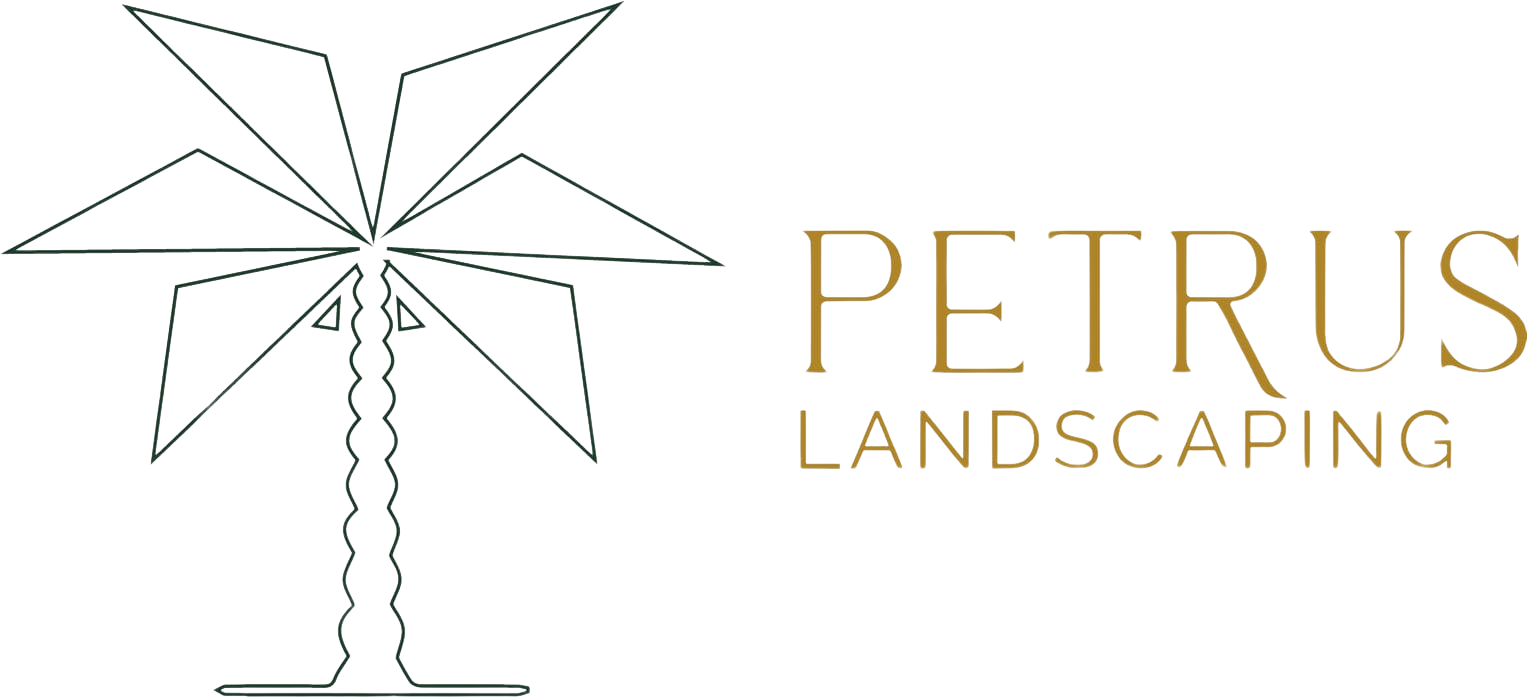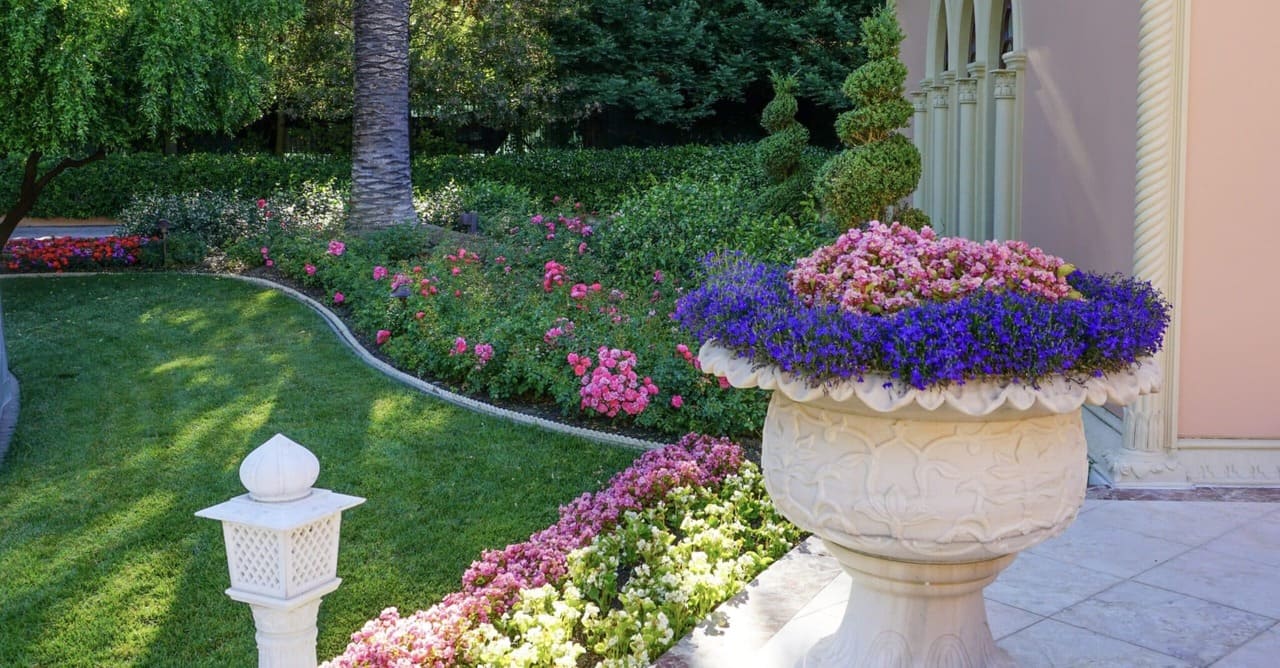Creative Victorian Garden Design Ideas to Transform Your Backyard
The Victorian era was marked by its opulence, grandeur, and lavish gardens, which remain highly admired today. Victorian garden designs are renowned for their romantic, classic, and sophisticated look.
In recent years, Victorian gardens have regained popularity as homeowners seek to create their own little slice of heaven in their backyards.
If you’re looking for inspiration to create a stunning garden oasis, read on to learn about the history, essential elements, and how to create your own Victorian backyard.
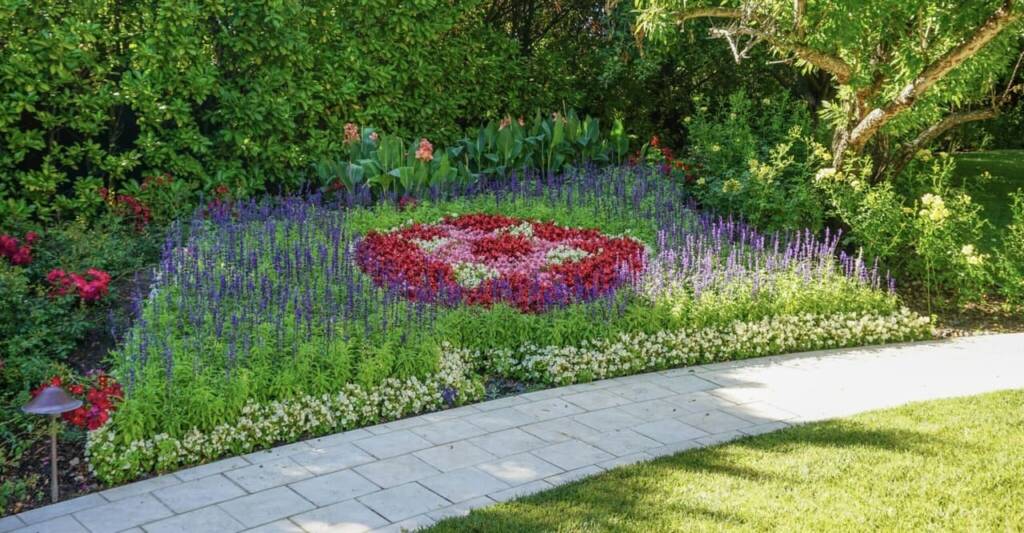
History of a Victorian Garden
The Victorian Era marked a significant change in the UK, with advancements in science, technology, and engineering. The mid-19th century, known as the Mid-Victorian era, is often referred to as the “Golden Years” of Britain, characterized by peace and prosperity. With increased leisure time, gardening became popular, and Victorian-era gardens were born. Victorian gardens remain an inspiration for garden enthusiasts to this day.
These gardens were not only for the wealthy but also for the middle class, who had more free time to create stunning gardens with flowers, shrubs, and water features. Victorian gardening was formal in design, emphasizing symmetry and order, and was often considered a reflection of the owner’s personality.
The Victorian era was a time of ornate and decorative style, and these elements were evident in Victorian garden designs. Wrought-iron fencing, gravel paths, and topiary were standard features, and gardeners used a mix of exotic and native plants to create visually stunning landscapes.
Different Elements of a Victorian Landscape
Victorian landscaping is known for its lush foliage and abundance of flowers, making it a favorite among many homeowners. Some of the essential elements of a Victorian garden include:
Plants
The Victorians loved plants, and no Victorian-style garden is complete without them. Plants like acacia, geranium, and sweet alyssum were popular during this era. When choosing plants for your garden, look for old-fashioned varieties commonly grown during this time.
Flowers
Flowers are an essential part of Victorian garden decor, as they add a burst of color and fragrance that embodies the romantic spirit of the era. The Victorians were passionate about flowers and often spent hours tending to their blooms. In fact, flower shows and competitions were hugely popular during this time, with gardeners competing to showcase their prized blooms.
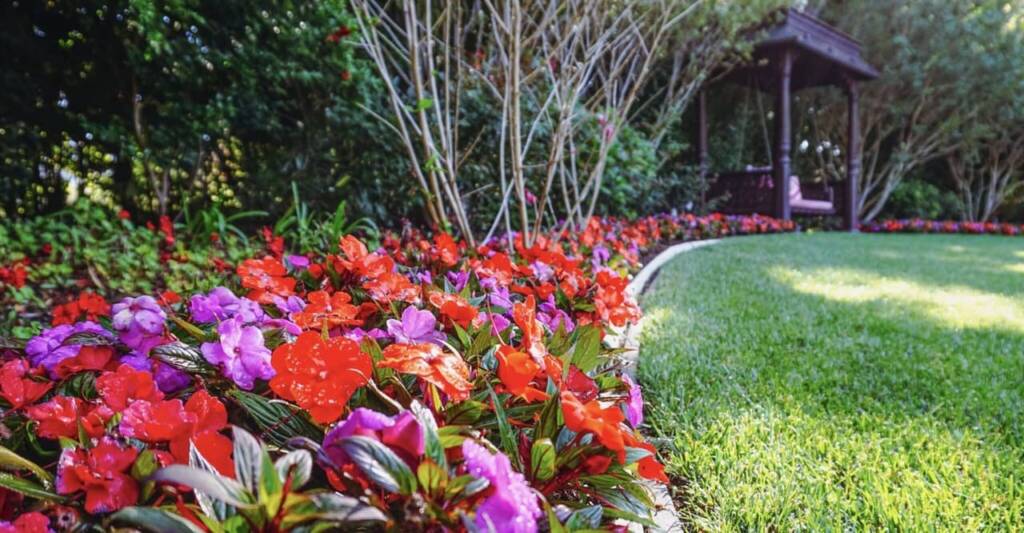
Shrubs
Shrubs were used to mark property lines, hide unsightly fences or house foundations, and frame doorways or windows. A mixture of species was popular, and Victorian bushes could also line paths or create a sense of privacy.
Rockeries
Rockeries were popular in Victorian landscapes and were often used to create focal points in the garden. They were usually made of various rocks and stones and were often accompanied by plantings of ferns, mosses, and other ground covers.
Water Features
Water features were a staple of the Victorian garden, ranging from small fountains to large ponds. Water was a symbol of prosperity, and the sound of running water was believed to have a calming effect. Consider adding a pond or fountain to your garden if you have space.
Wrought-Iron Fencing Features
Wrought-iron features were an essential element in the creation of a Victorian garden. The Victorian era was a time of technological and artistic advancements, and wrought iron represented the perfect combination of beauty and durability. It was used extensively in garden design, adding a touch of elegance to gates, fencing, and garden furniture.
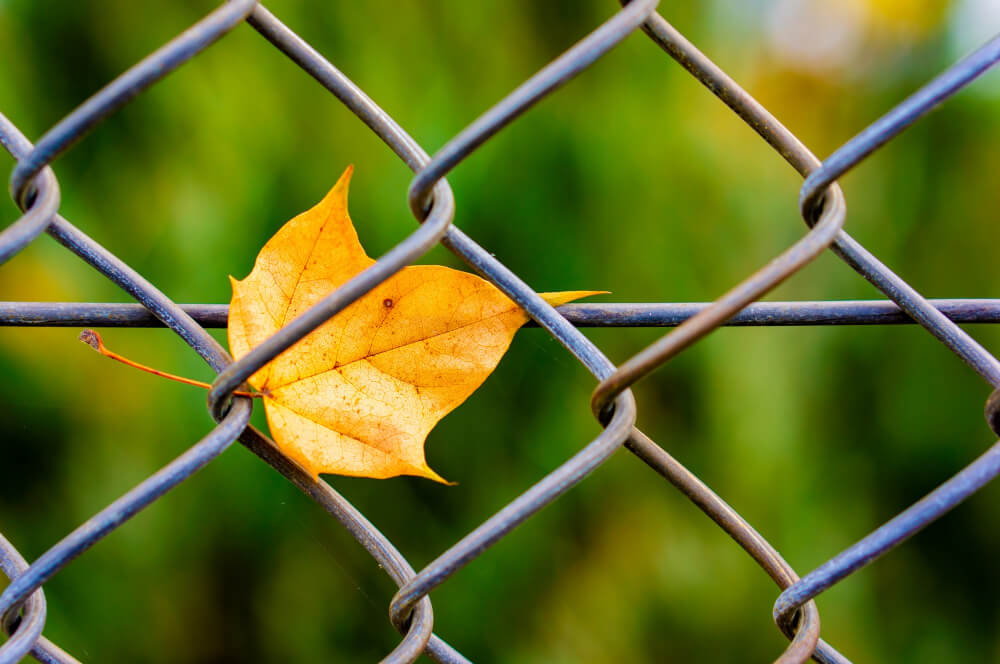
Seating
In a Victorian garden, seating is more than just a resting place. It is a decorative feature that adds charm and character to the landscape. Proper seating offers a comfortable spot to take in the garden’s beauty but also serves as a focal point.
In the Victorian era, outdoor seating was typically made of wrought iron, wood, or rattan. Today, modern materials like cast aluminum and synthetic rattan can be used for durability while maintaining the Victorian style.
The proper seating in a Victorian garden encourages guests to linger and enjoy the beauty of the surroundings. Ensure your seating complements the overall design of your garden.
Lawns
Lawns were considered an essential part of a Victorian landscape, and they were typically large, expansive, and perfectly manicured. Lawn perfection required constant attention, and once achieved, it was embellished by attempting to turn lawns into outdoor parlors. A garden walk along a perfectly trimmed lawn was a typical feature of the Victorian garden.
You can create a beautiful and functional garden by incorporating these elements into your Victorian landscape. With the right plants, flowers, shrubs, rockeries, water features, and fencing, you can transport yourself back to the golden age of gardening and enjoy the beauty and elegance of the Victorian era.
Creating Your Victorian Backyard
Designing a Victorian garden is no small task. It requires combining knowledge, experience, and an eye for detail to create the perfect blend of elegance and sophistication. That’s why you should trust the experts at Petrus Landscape to bring your Victorian garden dreams to life.
Our team of skilled professionals knows exactly what it takes to create a stunning Victorian landscape that will make your backyard the talk of the town. From selecting the right plants to designing water features and incorporating wrought-iron fencing, we pay attention to every detail to ensure that your garden stays true to the Victorian era’s style.
Don’t settle for an average backyard when you can have a timeless, stunning Victorian garden. Trust the premier Bay Area landscape design brand loved by Silicon Valley tech giants and Pacific Heights celebrities alike.
With Petrus Landscape, your dream garden is just a phone call away. Contact us today to learn more about our pricing and services.
